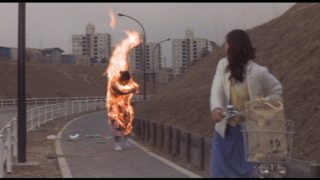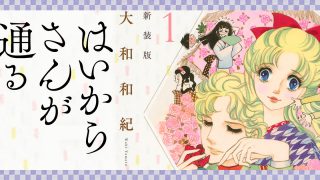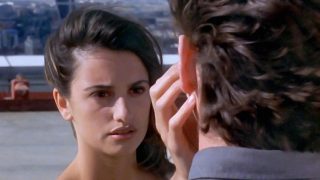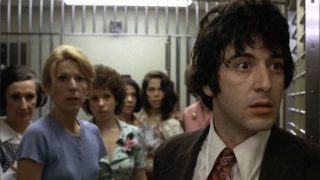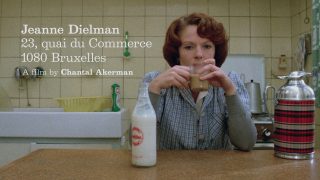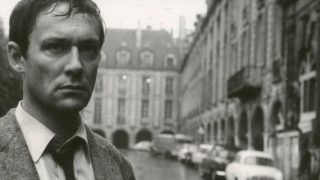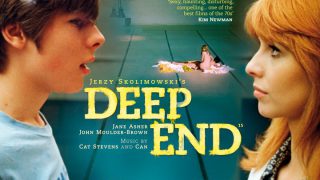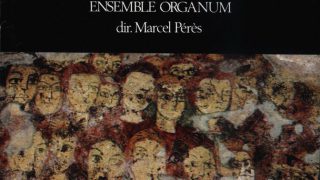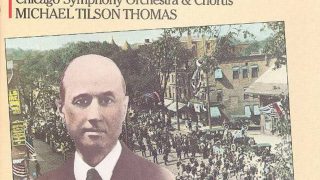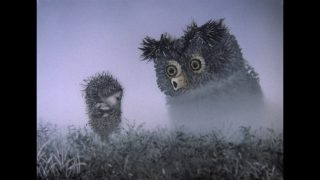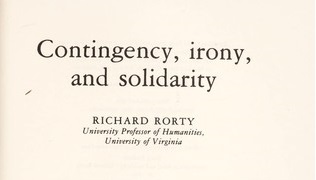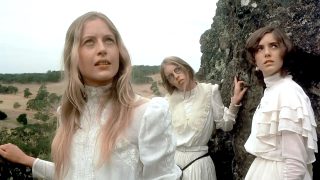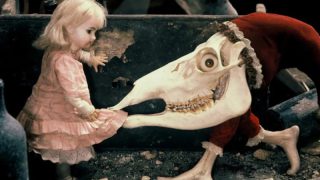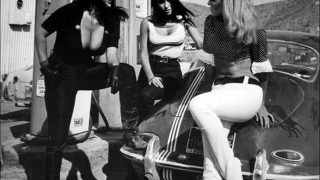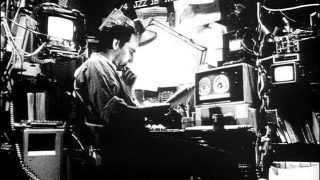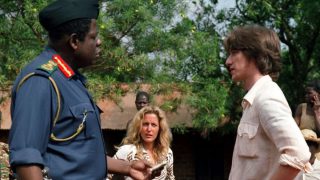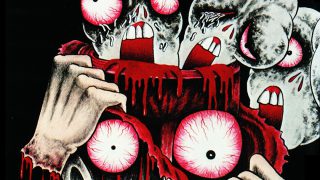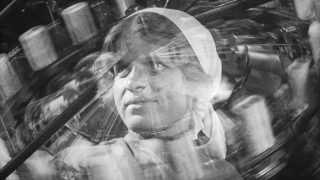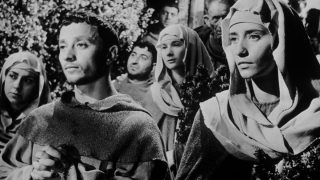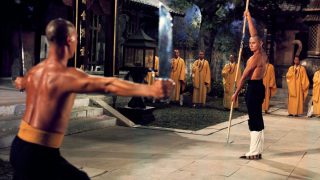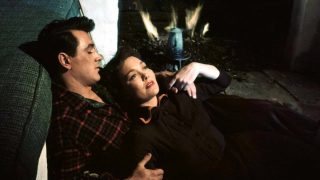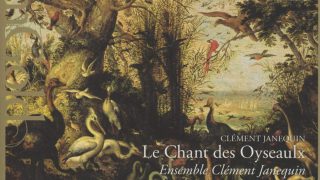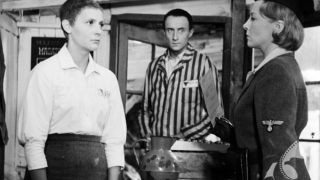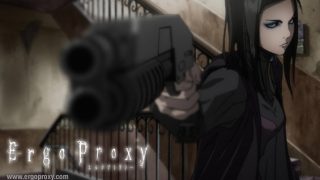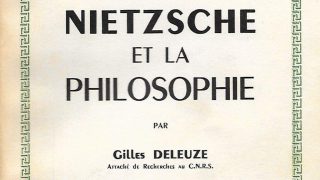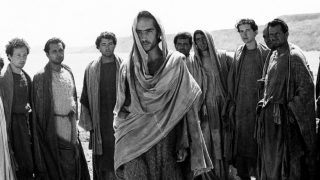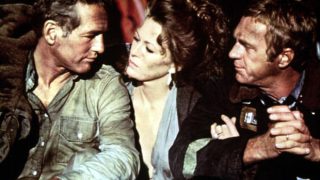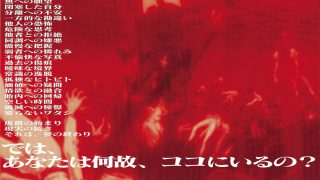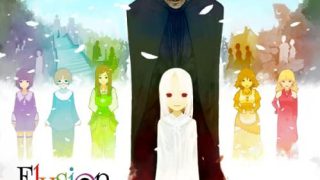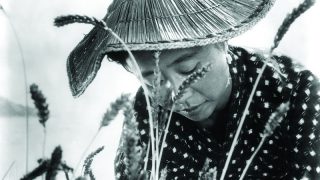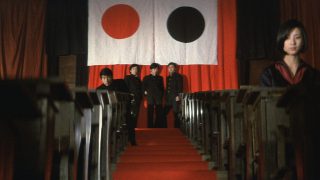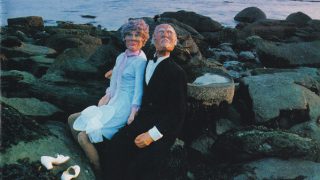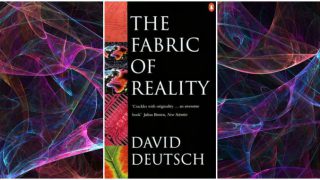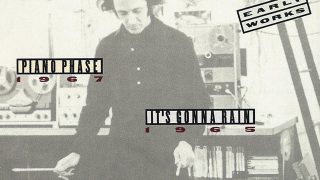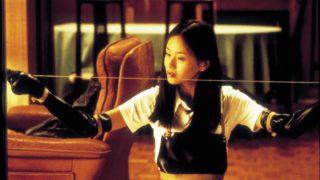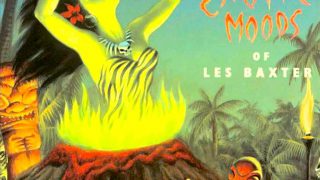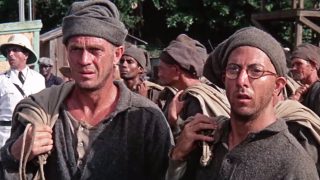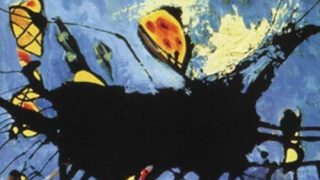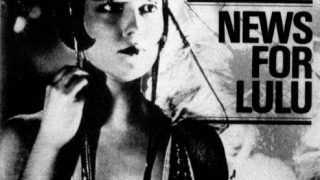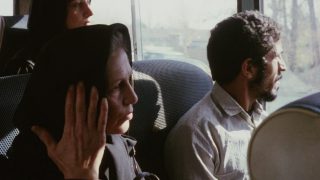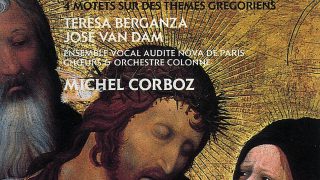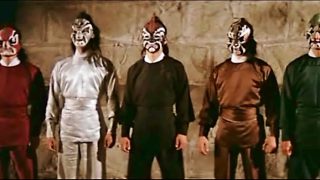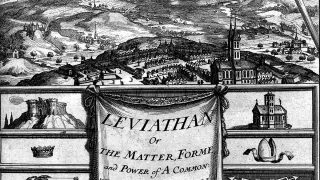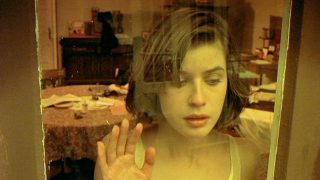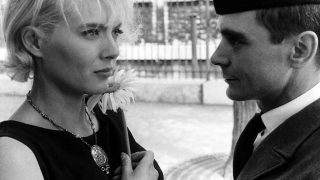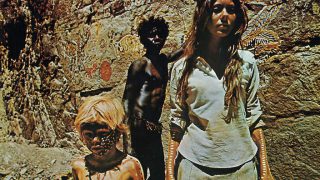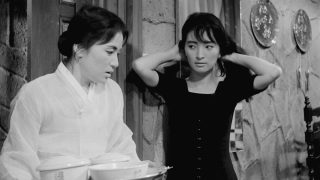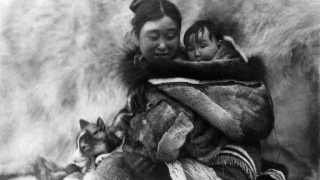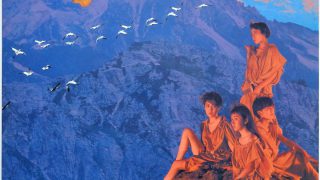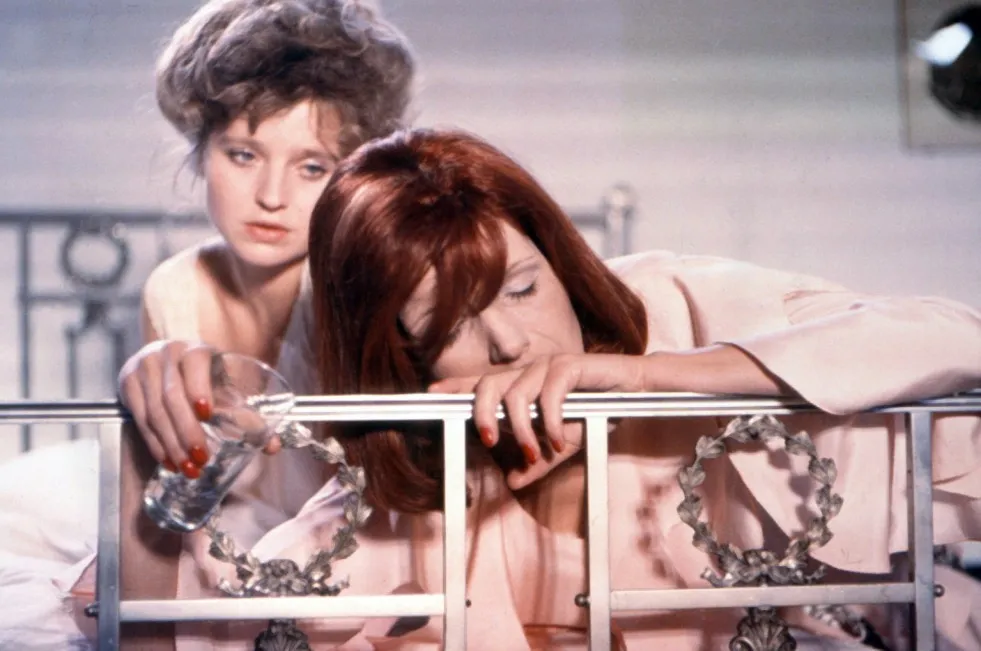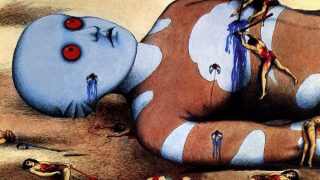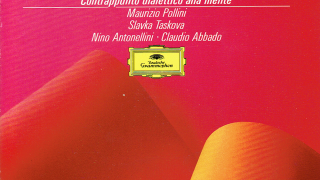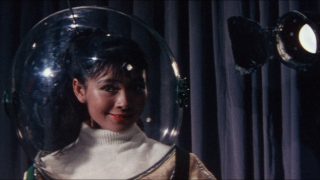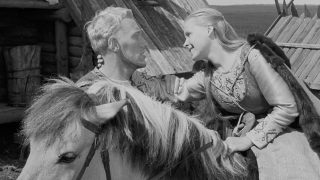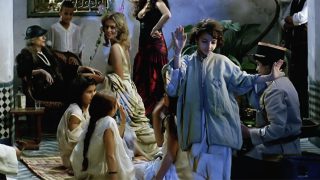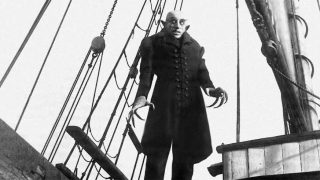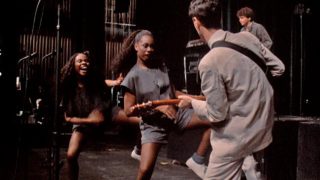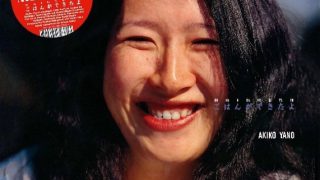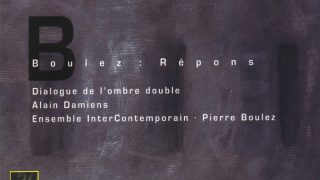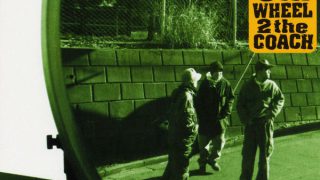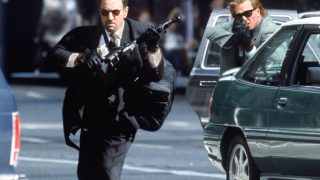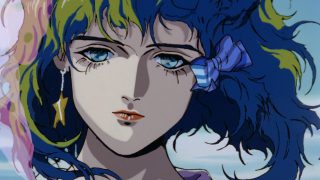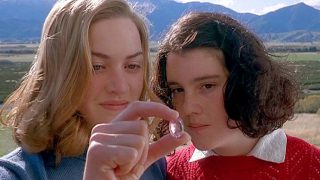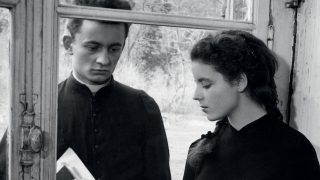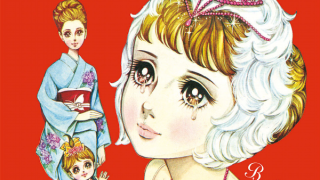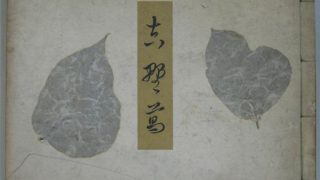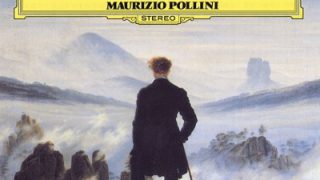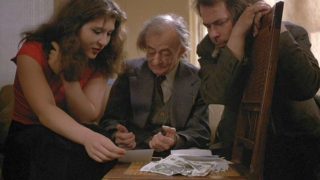Overview
“Embrace of the Serpent” (Spanish: El abrazo de la serpiente) is a 2015 Colombian adventure drama film directed by Ciro Guerra.
Set in the Amazon rainforest of South America, it depicts a journey to the lost Amazonian spiritual world through the interaction between an indigenous shaman and two white researchers with the political background of the Amazon rubber booms from the late 19th to the mid-20th centuries, which caused the enslavement and slaughter of the indigenous peoples.
The screenplay was written by Ciro Guerra and Jacques Toulemonde Vidal.
It was a co-production between Colombia, Venezuela and Argentina.
The languages are Cubeo, Huitoto, Ticuna, Wanano, Spanish, Portuguese, German, Catalan, Latin, and English. 125 minutes.
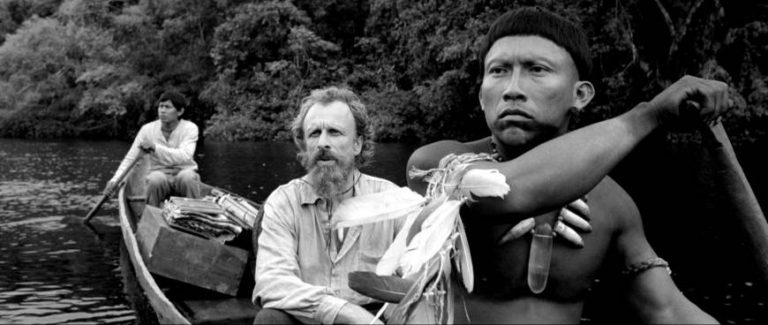
Commentary
The film was inspired by the travel diaries of two real-life persons who explored the Amazon: German ethnologist Theodor Koch-Grünberg, also known as Theodor von Martius, (1872–1924) and American biologist and ethnobotanist Richard Evans Schultes (1915–2001).
It was shot on location in the Amazon region of Colombia.
Only the psychedelic hallucination scene in the last of the film, which is reminiscent of the stargate sequence of Stanley Kubrick’s “2001: A Space Odyssey” (1968), was shot in color, and all the rest was shot in black and white.
In the film, the story unfolds through the nonlinear (non-chronological) narrative, going back and forth between two episodes which are about thirty years apart, both telling Amazonian shaman Karamakate’s journey to discover “yakruna”, a (fictional) sacred plant: a 1909 journey with German ethnologist Theo and a 1940 journey with American botanist Evan.
Karamakate is the last survivor of his (fictional) Cohuiano tribe. In the 1909 journey, he faces the disappearance of his tribe’s traditional culture. However, in the 1940 journey after he lost his memory, he gets his memory back and becomes aware of his job to impart their wisdom to Evan.
“Embrace of the Serpent” is a unique film that depicts a journey going back to the lost spiritual world in the Amazon as a place destroyed by colonialism as a road movie, interweaving historical facts and fiction.
This film is similar in material to Joseph Conrad’s novella “Heart of Darkness” (1899), Francis Ford Coppola’s “Apocalypse Now” (1979), which was an adaptation of Conrad’s novella, and Werner Herzog’s “Aguirre, the Wrath of God” (1972) and “Fitzcarraldo” (1982). While the stories were told from the European perspective in these previous works, this film attempts to tell a story from the perspective of the indigenous people.
The film is characterized by its imaginative approach: it attempts to enter into the lost spiritual world of Amazonian indigenous peoples, their mythical and magical worldview based on shamanism, by incorporating fictional elements.
This film inspires primordial senses inside of ourselves, such as the sublimity of nature, a sense of awe toward the unknowable, and a oneness with the universe.
The film was premiered in the Directors’ Fortnight section at the 68th Cannes Film Festival in 2015, where it won the Art Cinema Award. It became the first Colombian film to be nominated for the Academy Award for Best Foreign Language Film in the 88th Academy Awards in 2016.
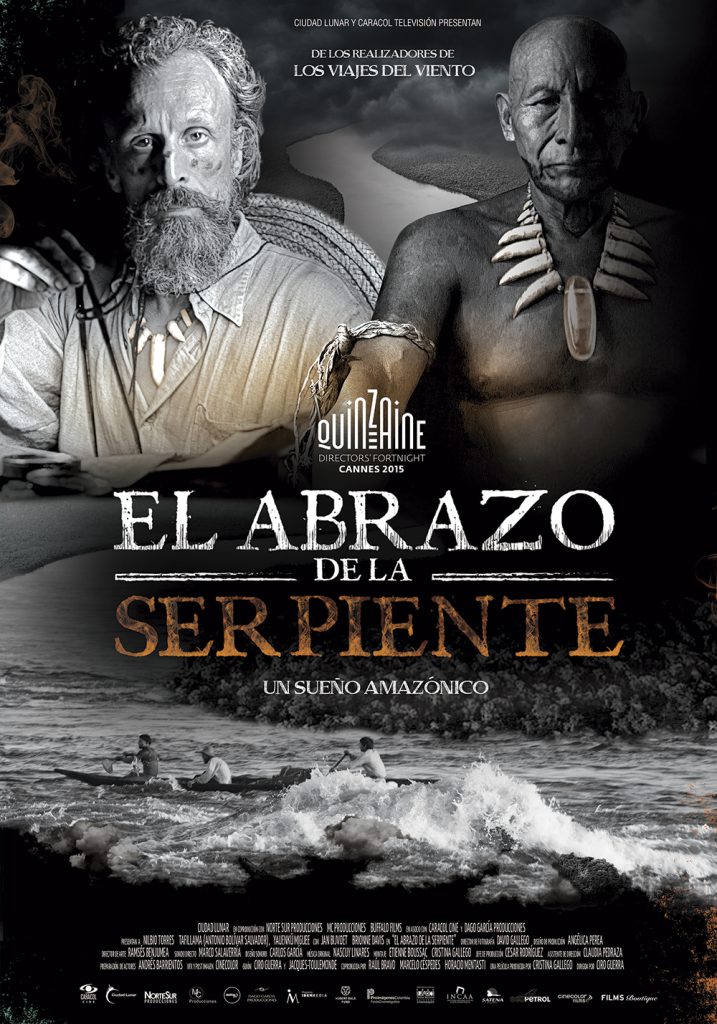
- Cross-Search for “Embrace of the Serpent” on JustWatch
- Search for “Embrace of the Serpent” on Amazon.com
Plot (Spoiler Alert)
The film begins with the following quotation from Theodor Koch-Grünberg’s journal:
(The original Spanish text) “No me es posible saber si ya la infinita selva ha iniciado en mí el proceso que ha llevado a tantos otros a la locura total e irremediable. Si es el caso, sólo me queda disculparme y pedir tu comprensión, ya que el despliegue que presencié durante esas encantadas horas fue tal que me parece imposible describirlo en un lenguaje que haga entender a otros su belleza y esplendor; sólo sé que cuando regresé, ya me había convertido en otro hombre.” (Theodor von Martius, Amazonas 1909)
(The English translation) “It is not possible for me to know if the infinite jungle has already started in me the process that drove so many others to total and irremediable madness. If this is the case, I can only apologize and ask for your understanding, for the display I witnessed in those enchanted hours was such that I find it impossible to describe in a language that allows others to understand its beauty and splendor; I only know that when I returned, I had already become another man.” (Theodor von Martius, Amazonas 1909)
In 1909, a young native named Karamakate (Nilbio Torres) is living alone without intersecting with other people in the Colombian Amazonian jungle. He is a shaman of the Cohuiano tribe. His tribe has been extinguished by European invaders in the process of European colonization of the Americas and the first Amazon rubber boom from the late 19th to the early 20th centuries.
German ethnologist Theo (Jan Bijvoet) from the University of Tübingen and his indigenous companion Manduca (Yauenkü Migue) come to Karamakate by canoe to ask for help.
Theo has a serious illness and his life is in danger. Manduca is a former slave in a rubber plantation in Peru, and he was saved from enslavement by Theo.
Manduca asks Karamakate to cure Theo’s illness, but Karamakate rejects his request because he hates whites.
Karamakate discovers that Theo wears a necklace made by the Cohuiano tribe. According to Theo, few survivors of the Cohuiano tribe are still alive near the Yari River, and they gave him it.
Karamakate prolongs Theo’s life by blasting him in the nose with white powder (hallucinogenic drug) called “the sun’s semen”.
Karamakate says to Theo that the Cohuiano tribe has a sacred plant called yakruna and it is the only cure for his illness. Karamakate decides to start on a journey with Theo and Manduca to look for yakruna.
In 1940, old Karamakate (Antonio Bolívar Salvador) has lost his memory and he feels like a “Chullachakii” (it looks exactly like him, but it is hollow and insubstantial like a ghost).
American botanist Evan (Brionne Davis) comes to Karamakate by canoe. Evan has a book written by Theo, entitled “Zwei Jahre unter den Indianern: Reisen in Nordwest-Brasilien (Two years among the Indians: Travels in North-West Brazil) 1903/1905” (1909/1910).
Evan asks Karamakate for help to look for yakruna because he wants to cure his inability to dream by using it.
Karamakate says to Evan that he will accompany Evan on the journey to look for yakruna because he also wants to see it. However, Karamakate has forgotten where yakruna is.
Evan uses a rock-art mural which Karamakate painted a long time ago as a clue to guess where yakruna is. Evan and Karamakate set off on a journey by canoe in search of yakruna.
In 1909, Karamakate, Theo and Manduca set off on a journey to look for yakruna.
The trio spends a night in an indigenous community where Theo had lived before. Theo gets directions to the Yari River from the tribal leader Tuschaua. Theo and Manduca sing and dance in front of the indigenous people. Theo loses his compass to Tuschaua.
The trio stumbles upon a mass grave of indigenous people in the jungle, and witnesses bodies hanging from rubber trees. Manduca gets enraged and says that it is entirely blamed for rubber plantations.
An indigenous man with a scar on his face and without a right arm appears and begs Manduca to kill him. Manduca fires blanks into the man with a rifle. Karamakate throws Manduca’s rifle in the river.
The trio stops by a Catholic mission (the Order of Friars Minor Capuchin) in La Chorrera, a town in the southern Colombian Department of Amazonas, to get food supplies, where a Spanish priest lives with indigenous orphan boys.
That night, the trio find the priest whipping a boy. Manduca knocks the priest down. Karamakate tells the boys to get out of here. The trio leave the mission.
In 1940, Evan and Karamakate come to the mission which Karamakate visited before, which is occupied by a fanatic religious cult: a Brazilian (Nicolás Cancino), who believes that he is the Messiah, and his believers.
The Brazilian believes Evan and Karamakate to be the two of the biblical Magi (Three Wise Men). He tells Evans and Karamakate to cure his wife’s disease.
Evan says to Karamakate that her disease is Leishmaniasis. Karamakate blows cigarette smoke into her body and performs an incantation. She recovers from her disease.
The Brazilian gives a feast to celebrate his wife’s recovery. Evan and Karamakate leave the mission.
Karamakate tells Evan to throw away his baggage, saying that material possessions make the people go insane and kill them.
Karamakate is getting his memory back. He says that his job is to impart his knowledge to his compatriots.
Evan throws several pieces of his baggage in the river, but he keeps his wind-up gramophone. He plays a record of Haydn’s oratorio “The Creation” on the gramophone for Karamakate.
In 1909, the trio arrives at the small town of the Cohuiano tribe, which had become a war zone of the Colombian military and indigenous people.
Karamakate gets enraged after seeing the town people being dependent on alcohol and abusing yakruna as drugs. Karamakate sets fire to the yakruna tree and flowers and burns them.
The town people run away from the Colombian military and dive into the river. Manduca escapes with Theo by canoe.
In 1940, Evan and Karamakate arrive at the place called the “Workshop of the Gods”, where they find the last yakruna flower.
Evan reveals that his real purpose is to secure rubber for the U.S. forces. He says that they need highly pure rubber because of rubber supply shortage during the wartime. Evan plans to use yakruna to tap purer rubber.
Evan tries to rob Karamakate of the yakruna flower by stabbing him with a knife, but Evan stops himself.
Karamakate feels as if Evan is the reincarnation of Theo whom he once tried to impart his knowledge to. Karamakate makes a psychedelic drug by using the yakruna flower, and he makes Evan take it. Evan has a psychedelic experience like an iconographic visualization of the cosmology of Karamakate’s tribe.


